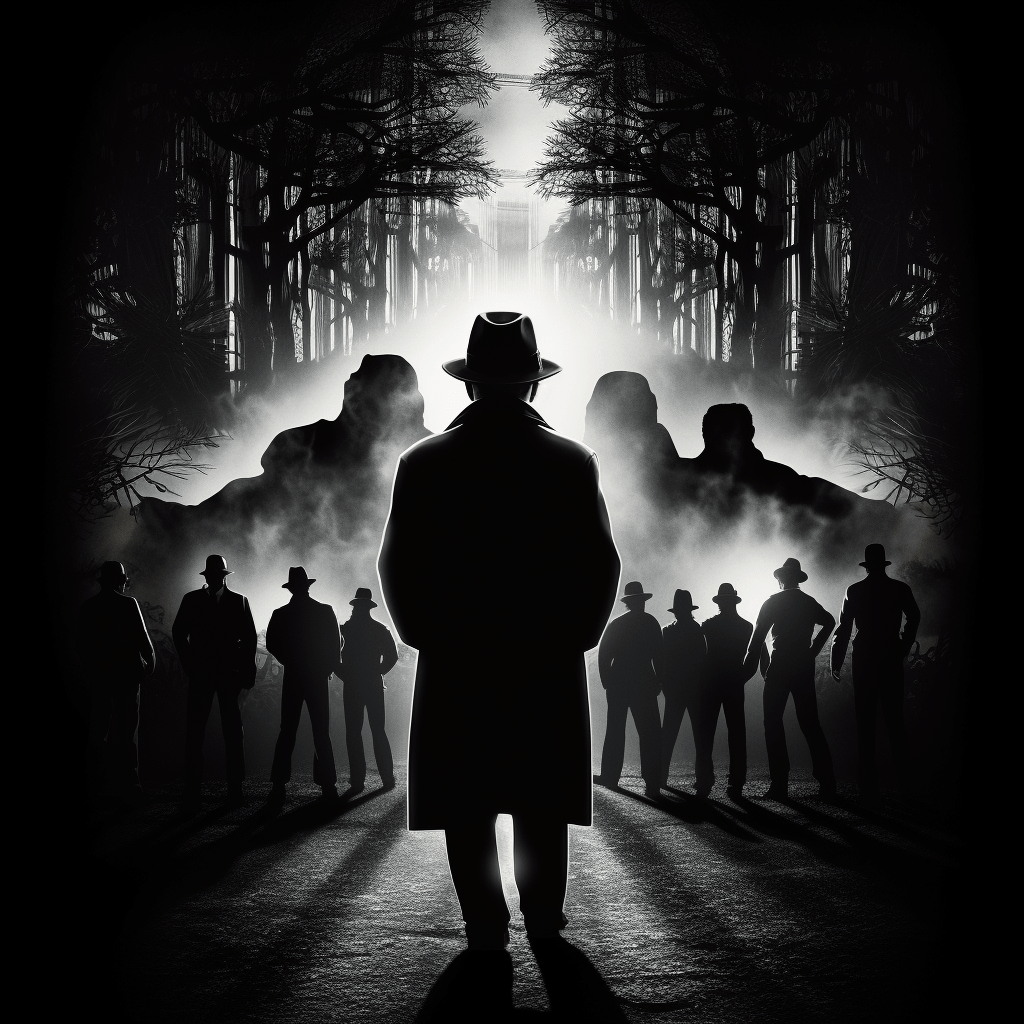Hidden Figures 2016

As the Cold War heats up, NASA's quest for space supremacy sparks a trailblazing journey of three African-American women - Dorothy Vaughn, Mary Jackson, and Katherine Johnson - who defy conventions to become the "human computers" behind some of the most pivotal moments in U.S. history.
Does Hidden Figures have end credit scenes?
No!
Hidden Figures does not have end credit scenes.
Actors
Meet the cast of Hidden Figures and learn about the talented actors who brought the characters to life. Explore their roles and career highlights.
Links
Explore where to watch Hidden Figures online. Find reviews, ratings, and detailed movie information on other platforms like Metacritic, Rotten Tomatoes, Media Stinger or TMDb
Ratings
Discover how Hidden Figures is rated on popular platforms like IMDb, Metacritic, and TMDb. Explore audience and critic scores to see how this movie ranks among the best.

74
Metascore
7.5
User Score


93%
TOMATOMETER

93%
User Score

7.8 /10
IMDb Rating

81
%
User Score
Movie Quiz
Challenge your knowledge of Hidden Figures with an engaging quiz. Test your memory of the movie’s characters, plot twists, and unforgettable moments.
Hidden Figures Quiz: Test your knowledge on the inspiring true story of Katherine Johnson and her colleagues in Hidden Figures.
Who is the first African-American woman to be assigned to the Space Task Group?
Awards
Discover the awards and nominations received by Hidden Figures. Explore the history of Hidden Figures and its cast and crew.

Best Picture
Writing (Adapted Screenplay)

Outstanding Performance by a Cast in a Motion Picture

Best Original Song

Best Acting Ensemble
Best Adapted Screenplay
Plot Summary
Get the full story of Hidden Figures with a detailed plot summary. Dive into its themes, characters, and the twists that make it a must-watch.
As Katherine Goble Johnson navigates the deeply segregated landscape of Langley Research Center in Hampton, Virginia, in 1961, she becomes a pivotal figure among a small group of African-American women colleagues, including Mary Jackson and Dorothy Vaughan. These talented women find themselves assigned to perform menial mathematical calculations without an understanding of their critical purpose. The glaring segregation based on both race and gender shapes their daily experiences, particularly for Katherine, who is brought into Al Harrison’s Space Task Group due to her remarkable skills in analytic geometry, making her the first Black woman on that team. However, she faces constant challenges, particularly from engineers like Paul Stafford, who often dismiss her contributions.
Mary Jackson is assigned to the space capsule heat shield team, where her keen eye quickly identifies a critical design flaw. Supported by her team leader, Karl Zielinski, a Polish-Jewish Holocaust survivor, Mary pursues a NASA engineering position. Despite facing derision for her educational background, she refuses to back down. Demonstrating astounding courage, she petitions to attend all-white night classes at Hampton High School, ultimately winning over a local judge by appealing to his sense of justice and history, despite her husband’s protests.
Initially skeptical of Katherine’s mathematical capabilities, African-American National Guard Lt. Col. Jim Johnson eventually apologizes for his misguided assumptions. As Katherine spends time with him and her three daughters, she impresses Al Harrison by adeptly solving a complex equation lifted from redacted documents. The urgency mounts as the Soviet Union’s successful launch of Yuri Gagarin heightens the pressure on America to send astronauts into space.
A transformative moment occurs when Harrison confronts Katherine about her “breaks,” unaware that she must walk half a mile to access the restroom designated for “colored” individuals. Her heartfelt explanation of her daily discrimination is a crucial turning point, prompting Harrison to boldly remove the “colored” restroom signage and eliminate segregation. He subsequently includes her in high-stakes meetings to calculate the space capsule’s re-entry point, symbolizing a crucial advancement in her recognition.
Nevertheless, not everyone is ready to acknowledge Katherine’s profound contributions. Paul Stafford insists that “computers” cannot draft reports, instead attributing her efforts solely to himself, which once again obscures her vital role. Unfazed by these systemic issues, Katherine’s relentless determination and commitment to her work shine brightly, reflecting an indomitable spirit in the face of adversity.
Meanwhile, Dorothy Vaughan immerses herself in the complexities of the IBM 7090 electronic computer and quickly realizes that this groundbreaking technology threatens to replace human computers. As NASA gears up for John Glenn’s momentous launch, she learns crucial programming skills—secretly acquiring knowledge of Fortran and imparting this to her fellow West Area coworkers. Dorothy’s leadership soon leads to her role as supervisor of the Programming Department, with the critical condition that thirty of her peers are transferred along with her.
In the lead-up to launch day, Katherine Johnson (played by Taraji P. Henson) is moved from the Programming Department to support John Glenn’s Friendship 7 mission. Her unparalleled mathematical skills become indispensable when discrepancies arise in the IBM 7090’s calculations. Katherine’s unwavering precision and diligence allow her to prove invaluable as she enters the control room, ensuring the mission achieves successful orbit and landing.
Although human computers gradually give way to machines, the legacies of Dorothy, Katherine, and Mary Johnson persist. In a touching epilogue, we learn that Mary earned her engineering degree, becoming NASA’s first African American female engineer, while Dorothy blazed trails as NASA’s first African American supervisor. Katherine’s achievements are particularly notable; she co-authored reports with Paul Stafford and calculated crucial trajectories for the Apollo 11 and Space Shuttle missions. In 2015, her tireless dedication culminated in her receiving the Presidential Medal of Freedom. By 2016, NASA honored her enduring legacy by naming the Katherine Johnson Computational Building at Langley Research Center, a true testament to her profound influence in mathematics and beyond.
Videos
See the latest videos related to Hidden Figures. Explore trailers, interviews, and behind-the-scenes content that give you a deeper look into the film.
Keywords
Discover the keywords that describe the themes and topics of the movie. Explore the keywords that define the essence of the film.
Related Articles
Stay updated on Hidden Figures with insightful articles, reviews, and explainers. Unpack the movie’s deeper meanings, themes, and ending.
Featured on this page

What's After the Movie?
Not sure whether to stay after the credits? Find out!
Check out our other apps:
Actors
Companies
Latest Movies
© 2025 What's After the Movie. All rights reserved.




















